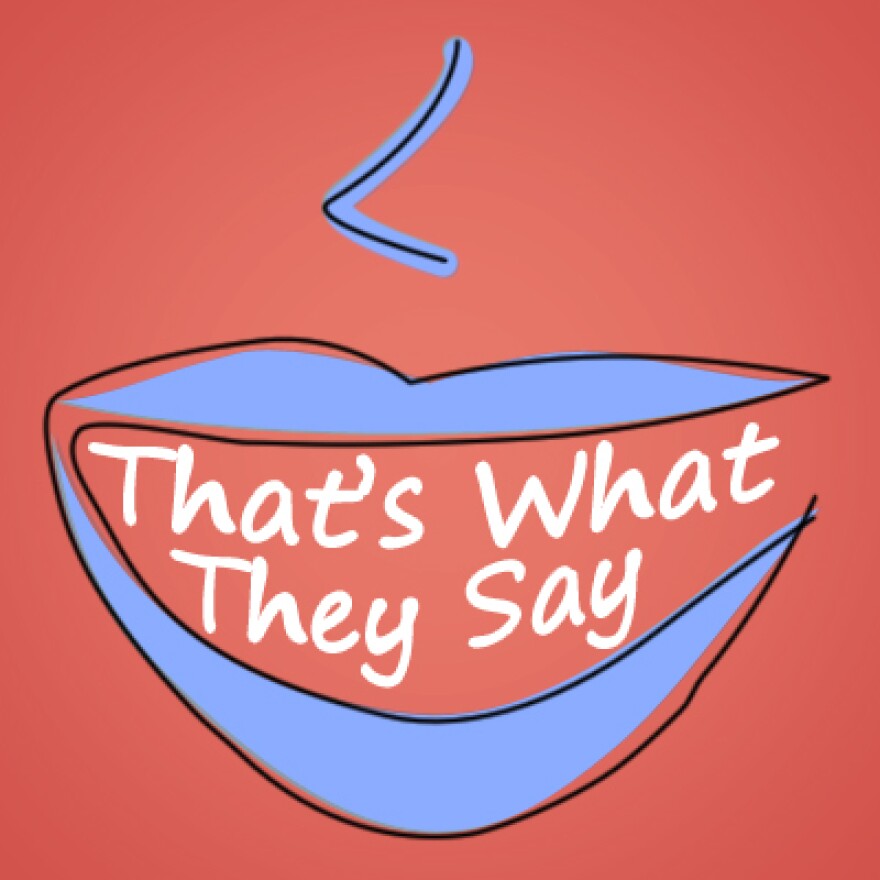If someone tells you to leave your keys on the dash, you probably know right where to leave them -- on top of the panel in your car that displays controls and information, i.e. the dashboard.
A listener recently pointed out to us that the "board" part of this compound sort of makes sense, but what's going on with "dash"?
It's tempting to assume it has something to do with speed, but that's not the case.
The "dash" in "dashboard" is a noun that refers to a sudden burst or splash, such as "dashes of rain on the windshield." There's also a verb form, as in "the waves were dashing against the rocks."
A "dashboard" was originally a literal board in front of a carriage or sleigh pulled by horses. It protected people from dashes of mud that could get kicked up from the horses' hooves. You can find this usage as early as the 1830s.
Later on, "dashboard" is used with the first motor vehicles, which didn't have windshields. Instead, they had dashboards which, as with sleighs and carriages, was designed to protect people from water and mud that might get kicked up.
When windshields or windscreens started to appear on cars, the dashboard was transferred to the board beneath the windshield, where the electronic instruments and controls were mounted. At this point, the earlier reference to an actual board that protected riders from the dash is lost.
In the 1990s, "dashboard" gets even further from its original meaning when it comes to refer to a computer screen that provides users with a summary of key information.
The noun and verb forms of "dash" have both picked more meanings over time, including the idea of running or traveling in a hurry. To hear more about that, listen to the audio above.




